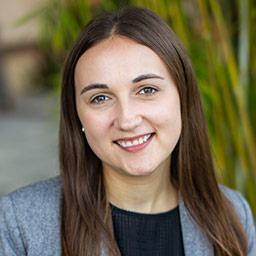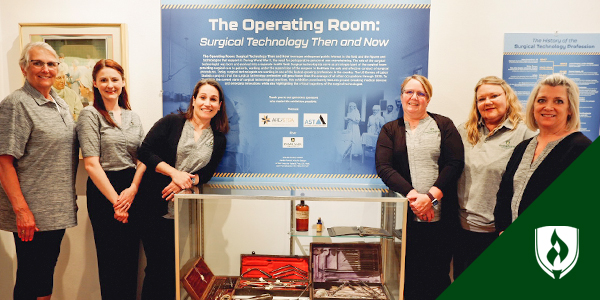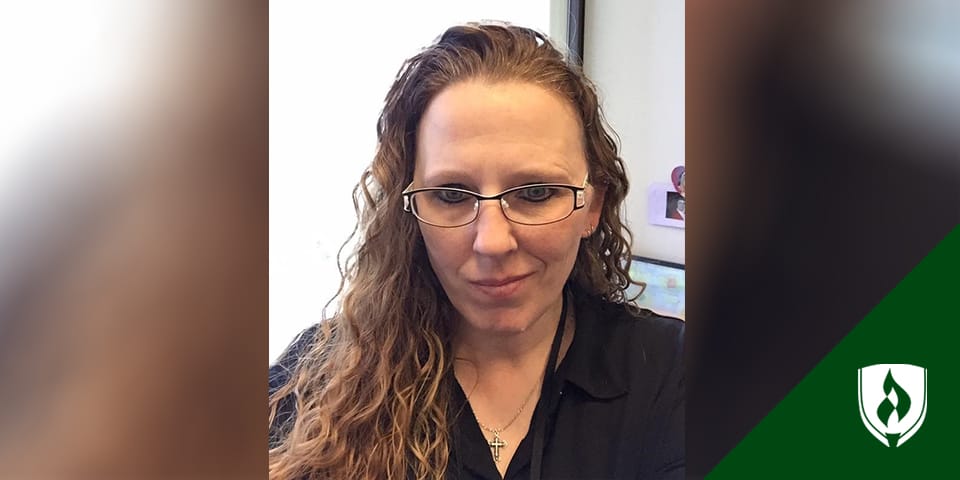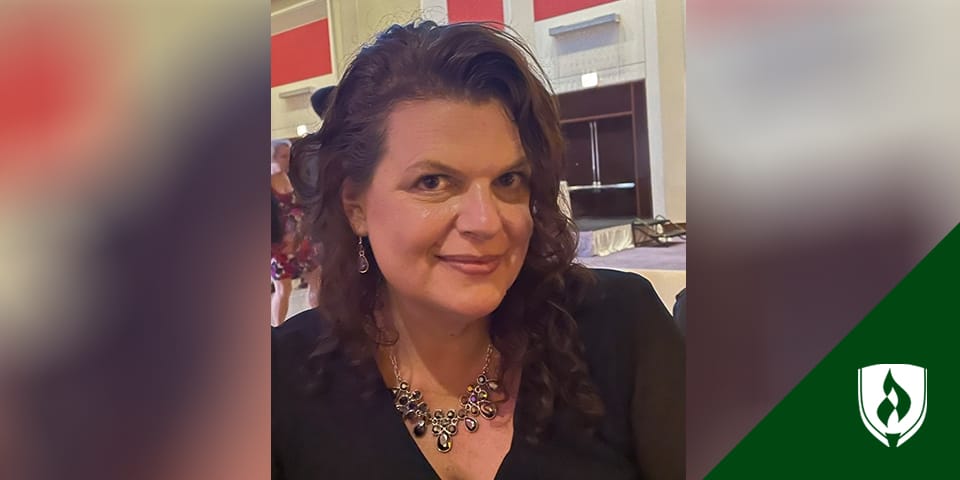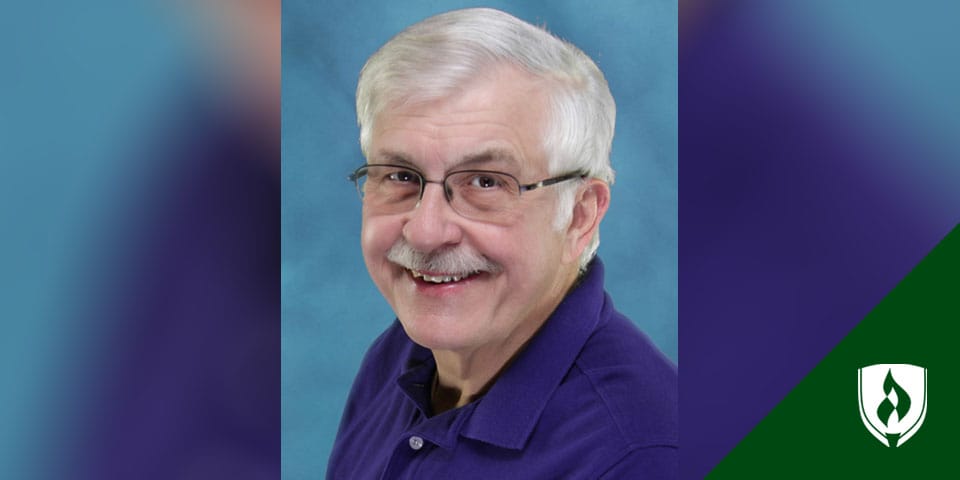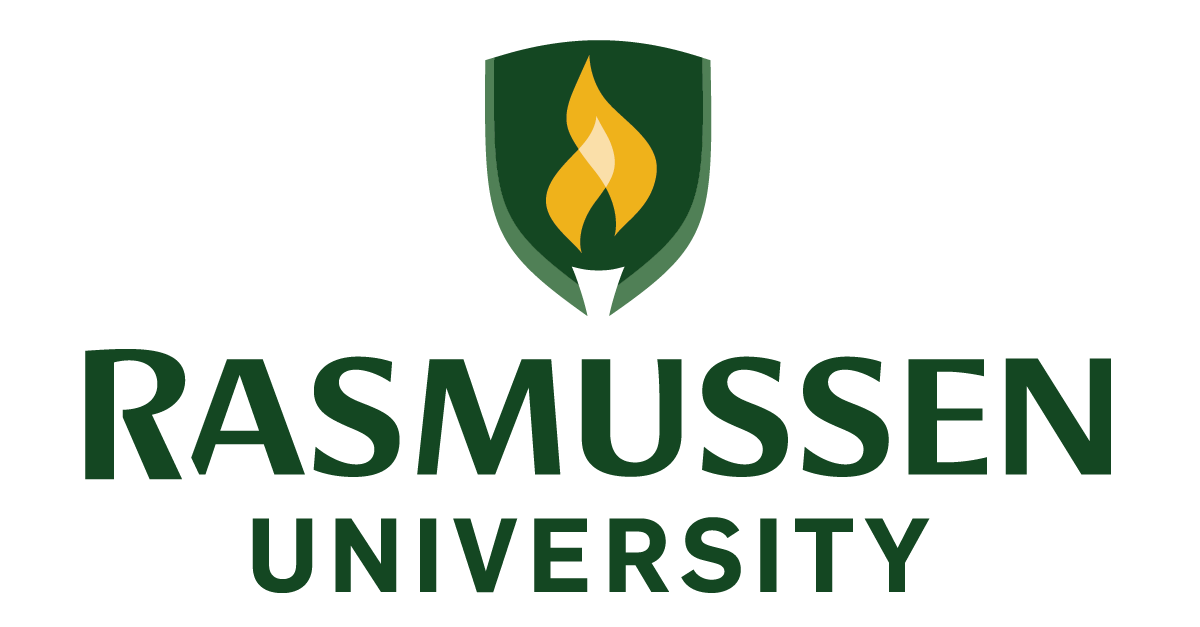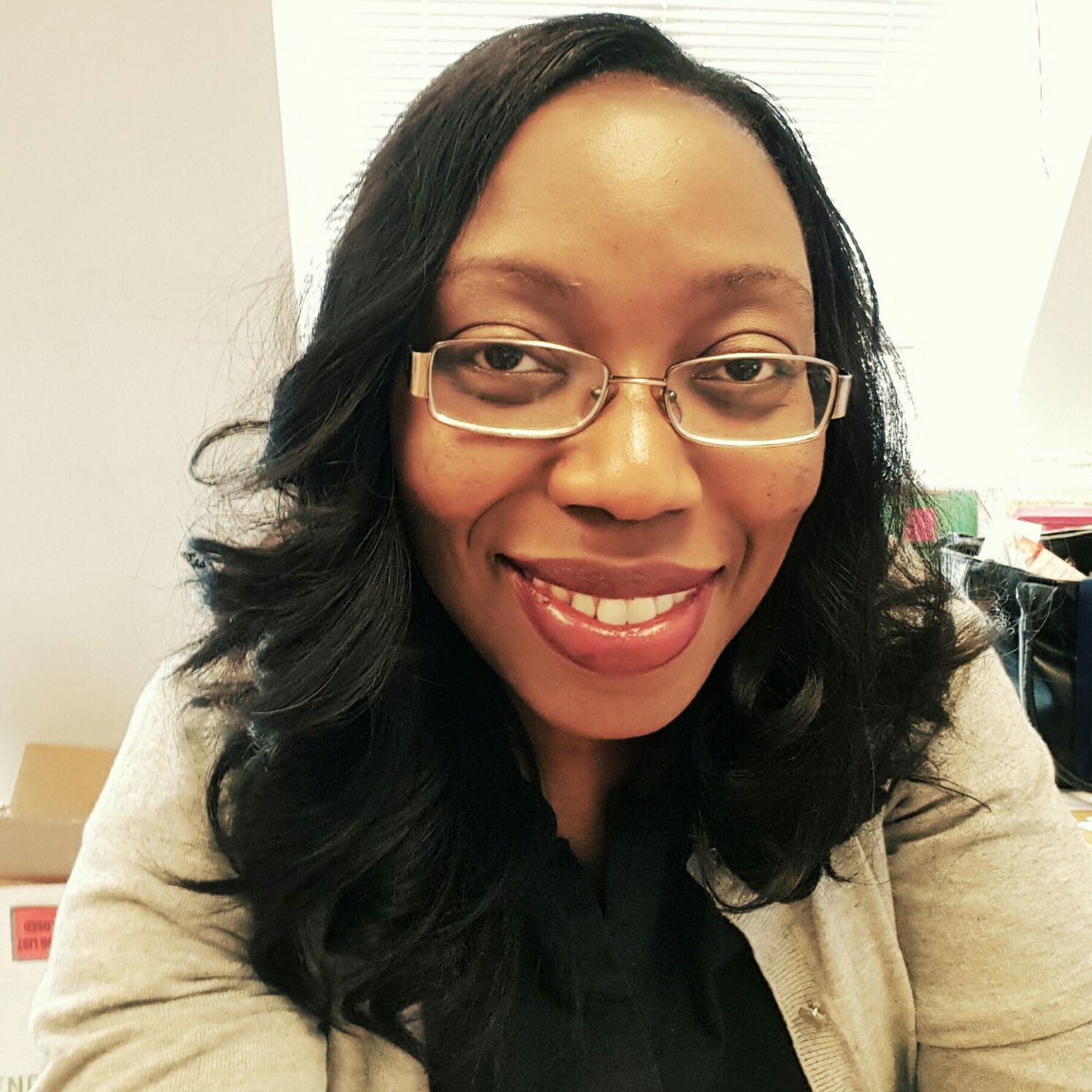
When Corey-Gilbert was just seven-years-old, her mother worked as an administrative assistant. In order to adapt to changing technologies, her mother needed to learn how to use a computer to do her work effectively and efficiently. When her parents traded out their typewriter and brought home their first computer, Corey-Gilbert's eyes lit up. She was fascinated by this new machine. For her, the computer was a giant puzzle—one she would never tire of. When Corey-Gilbert's parents needed to get new software installed, she tagged along to the local Mom-and-Pop tech shop with them. As the technician popped the computer open, Corey-Gilbert was amazed. Seeing the inner workings of the machine inspired her to learn more.
While Rojas did not find her passion for IT as a child, it was during her time as an administrator in the United States Air Force that first piqued her interest. “One day my colleague who worked in IT was stuck on a computer issue and I leaned over to help. Although I wasn’t trained in computers, I was able to effectively help. Computers just always made sense to me,” she said. Her peers took notice, and she was soon cross-trained into an IT role. She moved from a help desk position to a role as a systems engineer. While she never intended to pursue computer science, she was amazed by the ever-changing field and excited by the endless possibilities it presented her.
For both Corey-Gilbert and Rojas, careers in computer science became a natural fit—one that both excited them and led them to excel. While both were successful in the field, adding teaching to their resumes was not always something they had in mind, but again, the opportunities presented themselves.
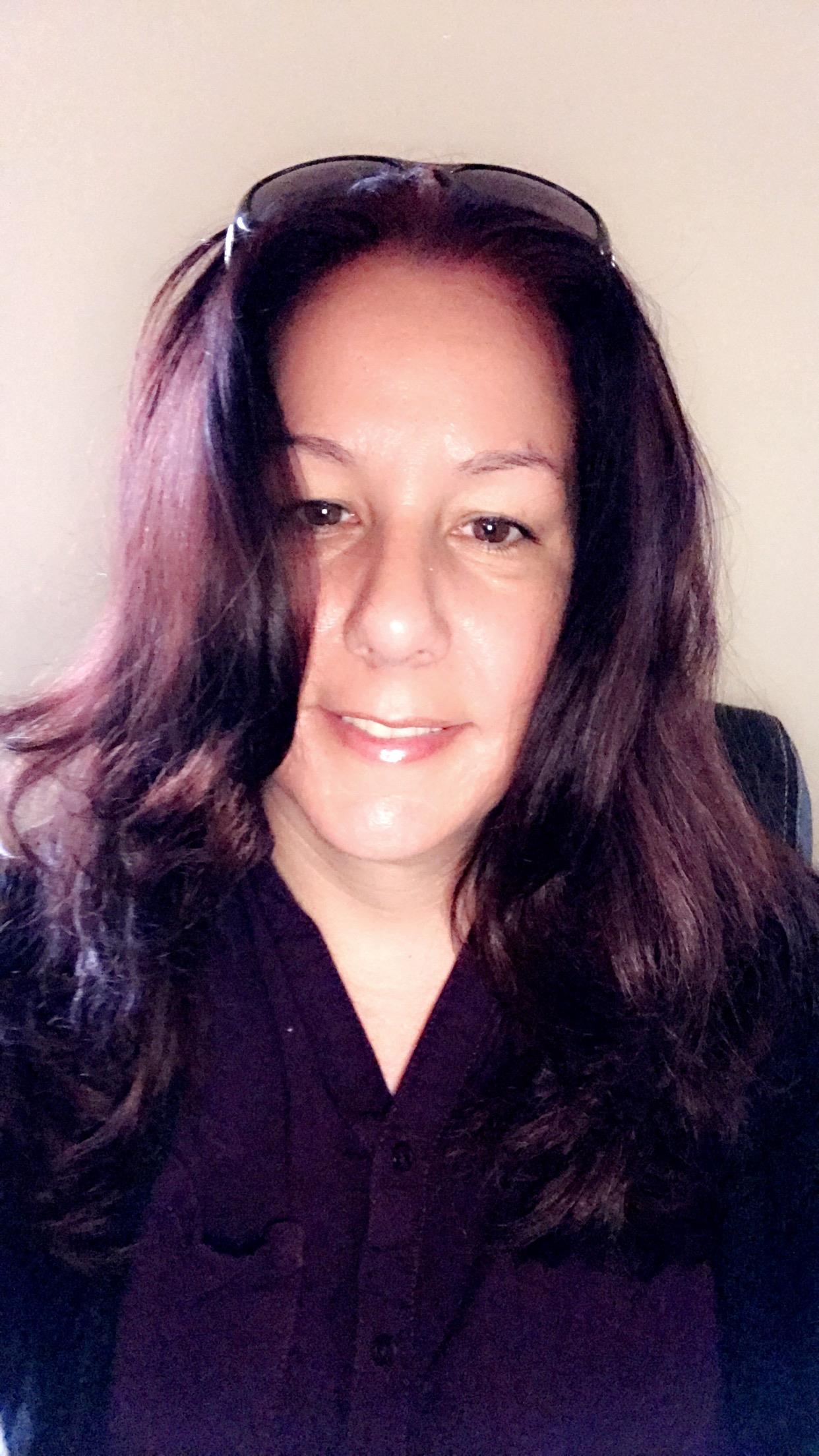
After being laid off from her job following 9/11, Corey-Gilbert was searching for a new role when she found a college looking for instructors to teach desktop support experience. Intrigued, she thought, “I’ll give it a shot.” Contrary to what she expected, she loved teaching. “I enjoyed it because I like showing people how to complete a task or create a website. There is a large sense of accomplishment you get when you show someone how to do something and they just take it to the next level,” she said. “At times, the field can feel intimidating. I love to calm students’ fears and build their excitement instead.”
Rojas hadn’t considered teaching until she and one of her greatest mentors had a conversation about the lack of females teaching and working in the IT field. Rojas felt compelled to try to change that. In deciding to teach, she wanted to show students that “There are not only males who teach computer science. In the field, you will be challenged with working with all types of people, including women.” She wanted her female students to feel empowered and confident. “Women bring a different perspective to the field. They are often more sympathetic to the technology user and make others feel more comfortable. Women are a huge asset to an IT team,” she said.
In working day in and out with the nuances of computers and sharing those processes with their students, both Corey-Gilbert and Rojas find true meaning in the work they do. While they could never imagine all of the changes the field has gone through since they first got involved, the ever-changing nature has always inspired them to learn more, something they now encourage their students to do, too.
To delve into your passion for computers and data manipulation, discover Rasmussen University’s computer science program.


